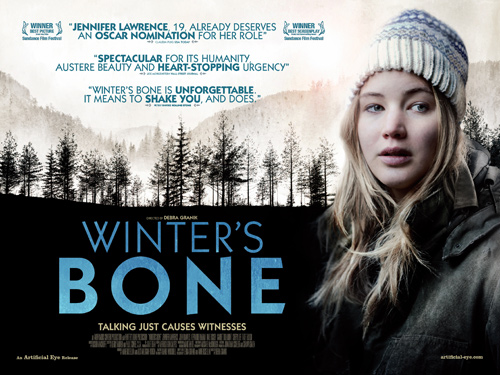****
Director Nicolas Winding Refn has created an instant cult classic. This film is unquestionably cool. For example, avoiding all driving clichés, the soundtrack features not a single guitar, instead opting for an electronica bubblegum audio backdrop which beautifully matches that oh-so-modern of cities in which it is set: Los Angeles
A mysterious stranger in the shape of the unnamed Driver (Ryan Gosling) offers his customers no guns, no muscle, just a means to get away. And all done with a four-stroke of genius. It’s basically cowboy mythology updated to a very dangerous present. He becomes inextricably involved with a young mum (Carey Mulligan). Her ex-con husband’s past is catching up with him and putting them and their son in danger, so the Driver offers his services to help them.
Gosling’s performance is slightly weird - it’s not exactly the manliest. But as soon as he gets in the driving seat he’s as Alpha as they come. Killer casting prevails. Bryan Cranston (of Breaking Bad fame) proves further acting mettle. Christina Hendricks (of Mad Men) makes her mark in a smaller role. Ron Perlman leaves his usual big-softyness for dust, playing a genuinely scary character. And going well against type, Albert Brooks plays someone who simply enjoys killing.
It’s a beautiful-looking film. It’s vibrantly colourful. It’s also remarkably violent. But this movie called Drive - about a stunt driver who also drives getaway cars - is slightly lacking in one aspect: the eponymous driving. The action mostly surrounds the noir/thriller aspect and not the stuff on four wheels. Although a little short-changed on this front, the initial car chase is perfection. Shot entirely from inside the getaway vehicle its tension and exhilaration easily rivals that Holiest of Grails of car chases, from Bullitt.


